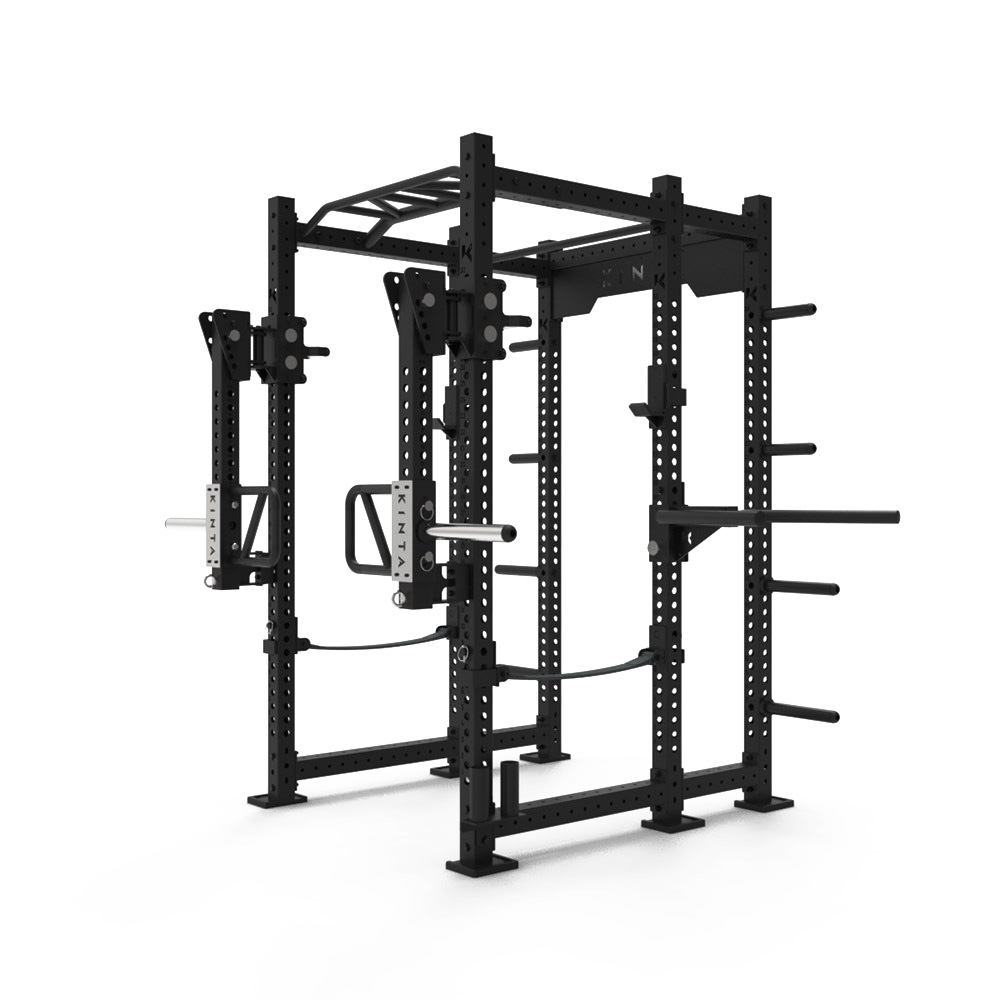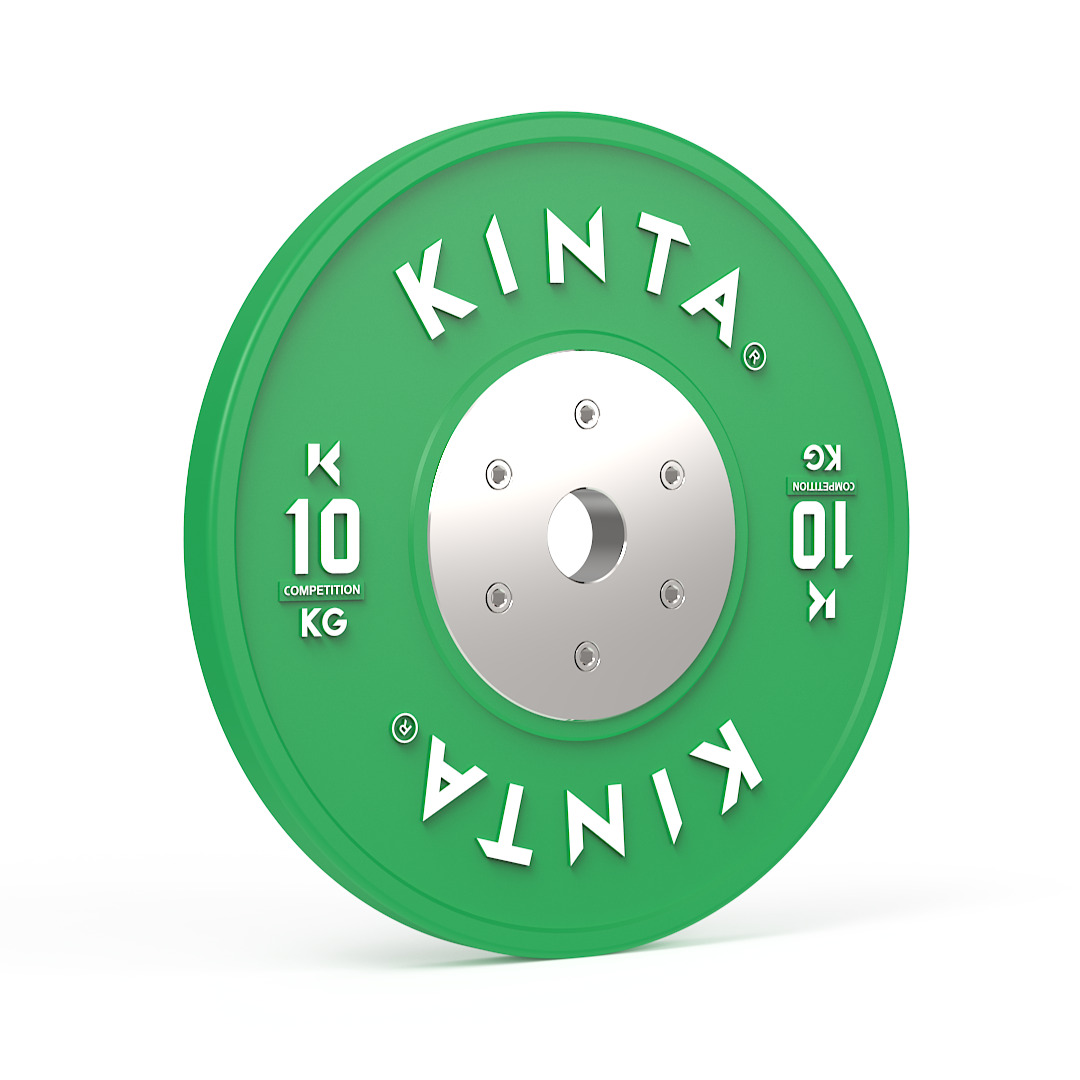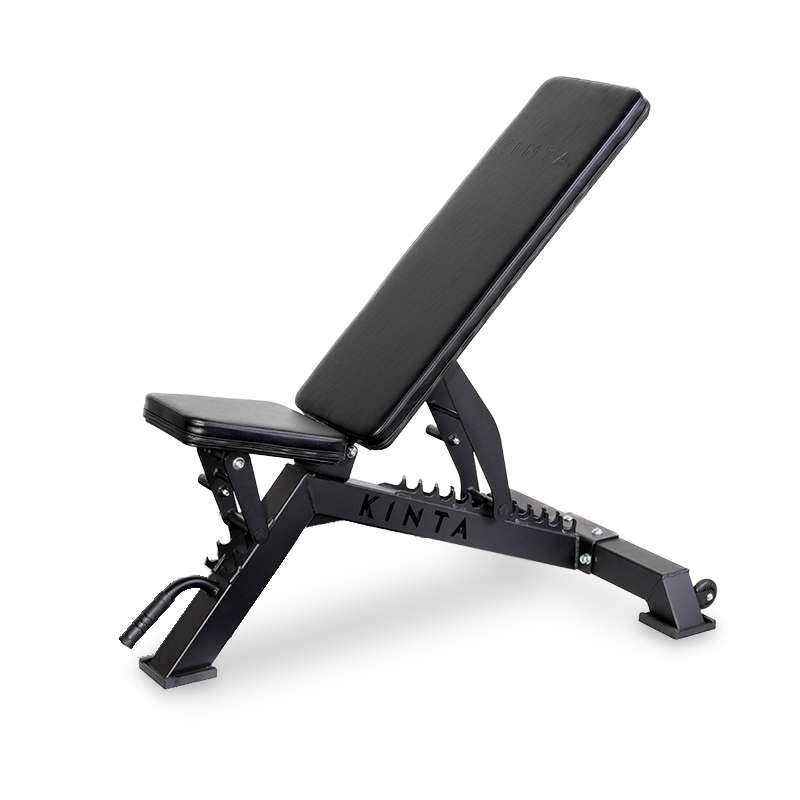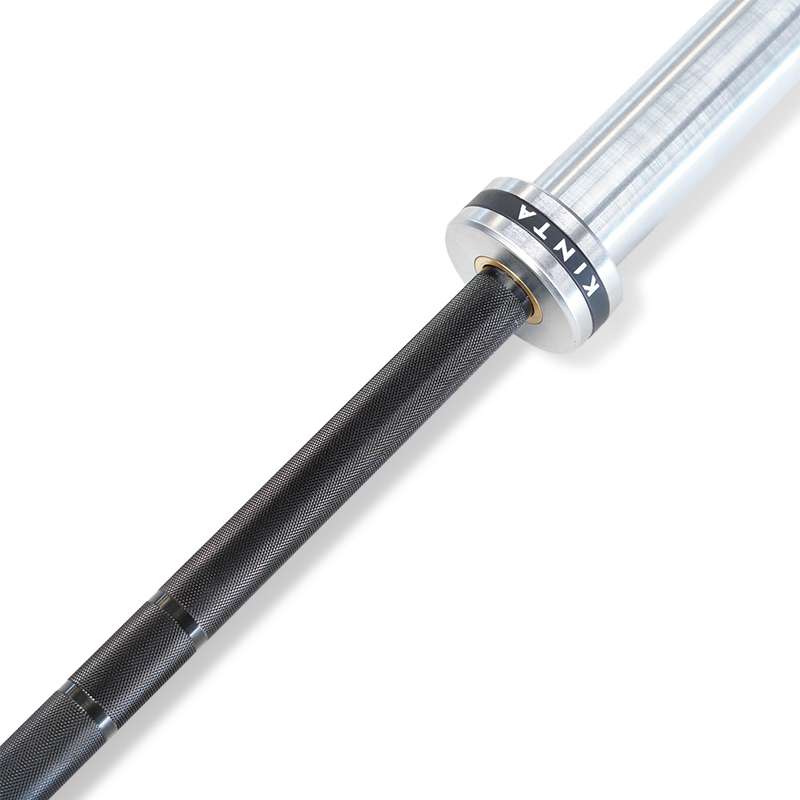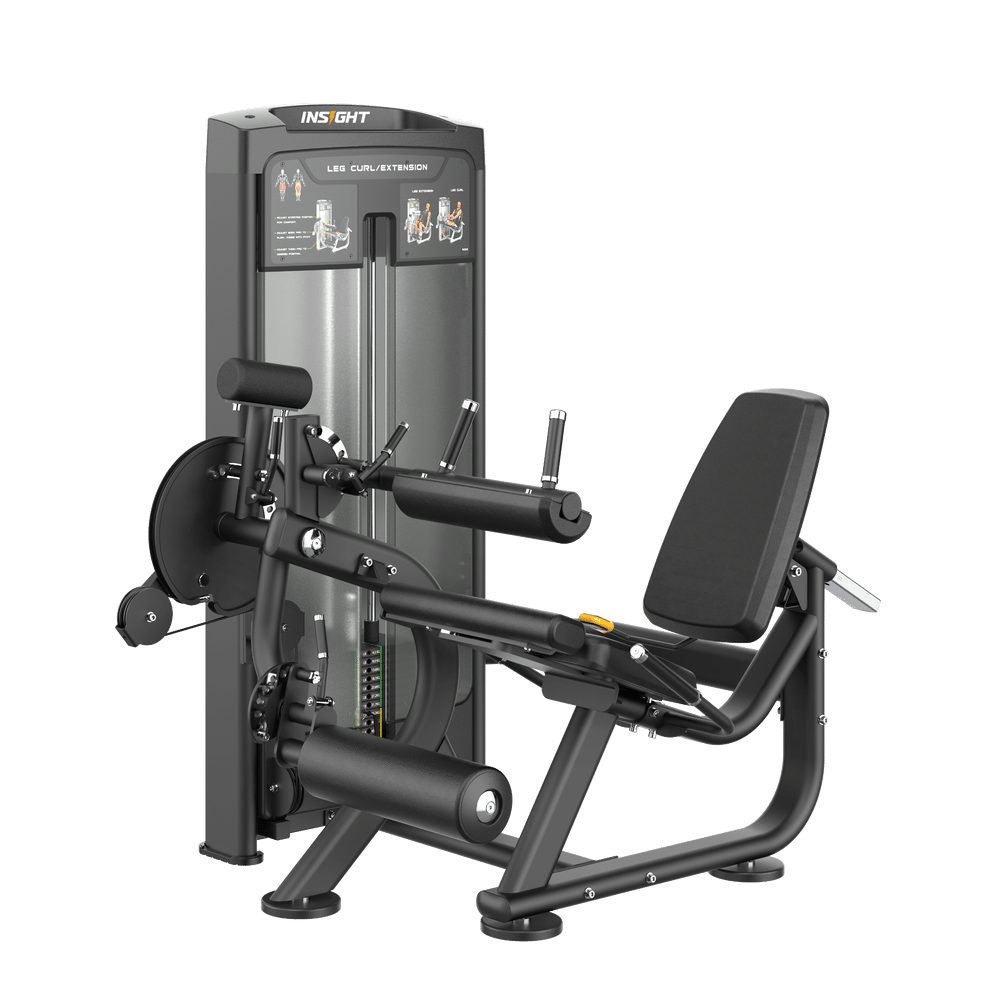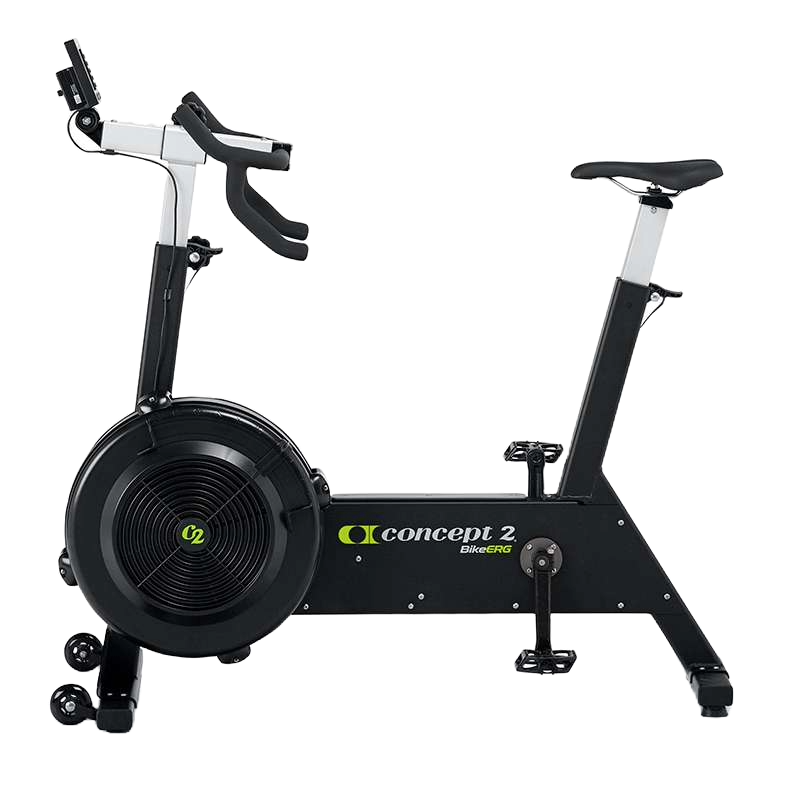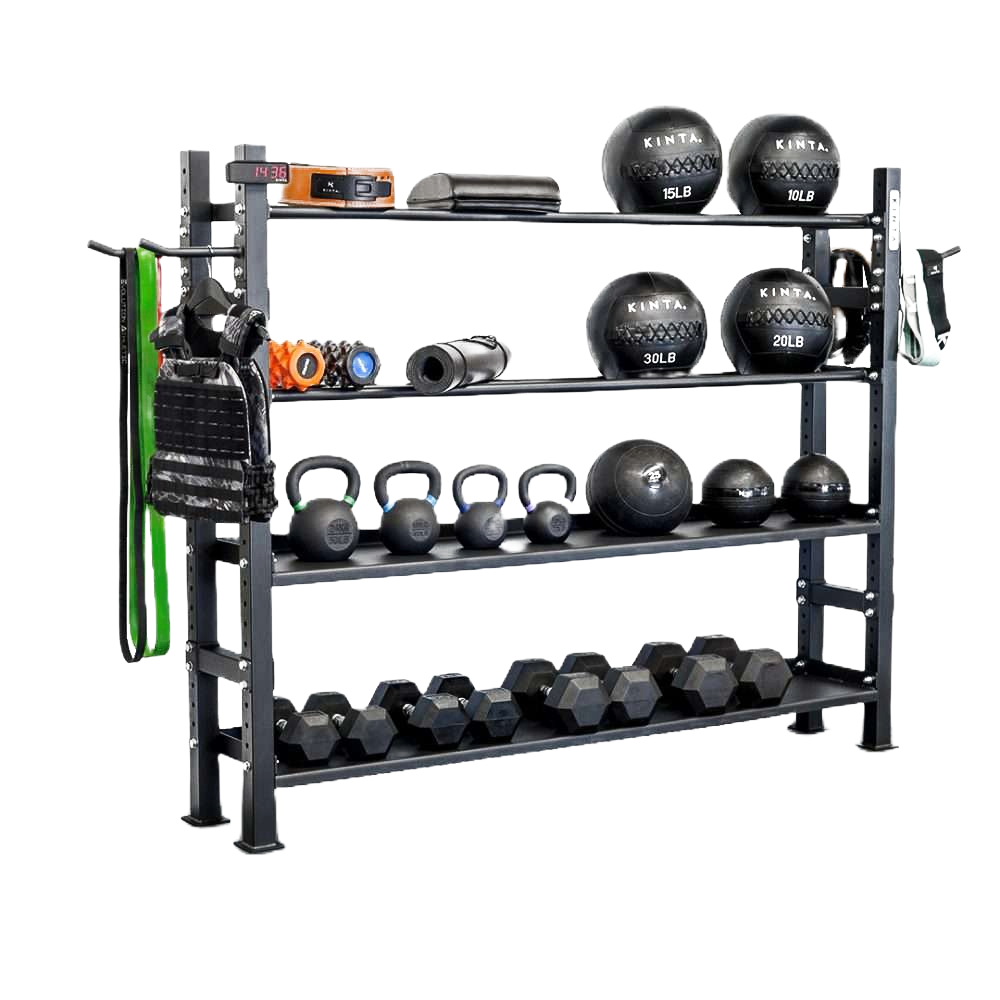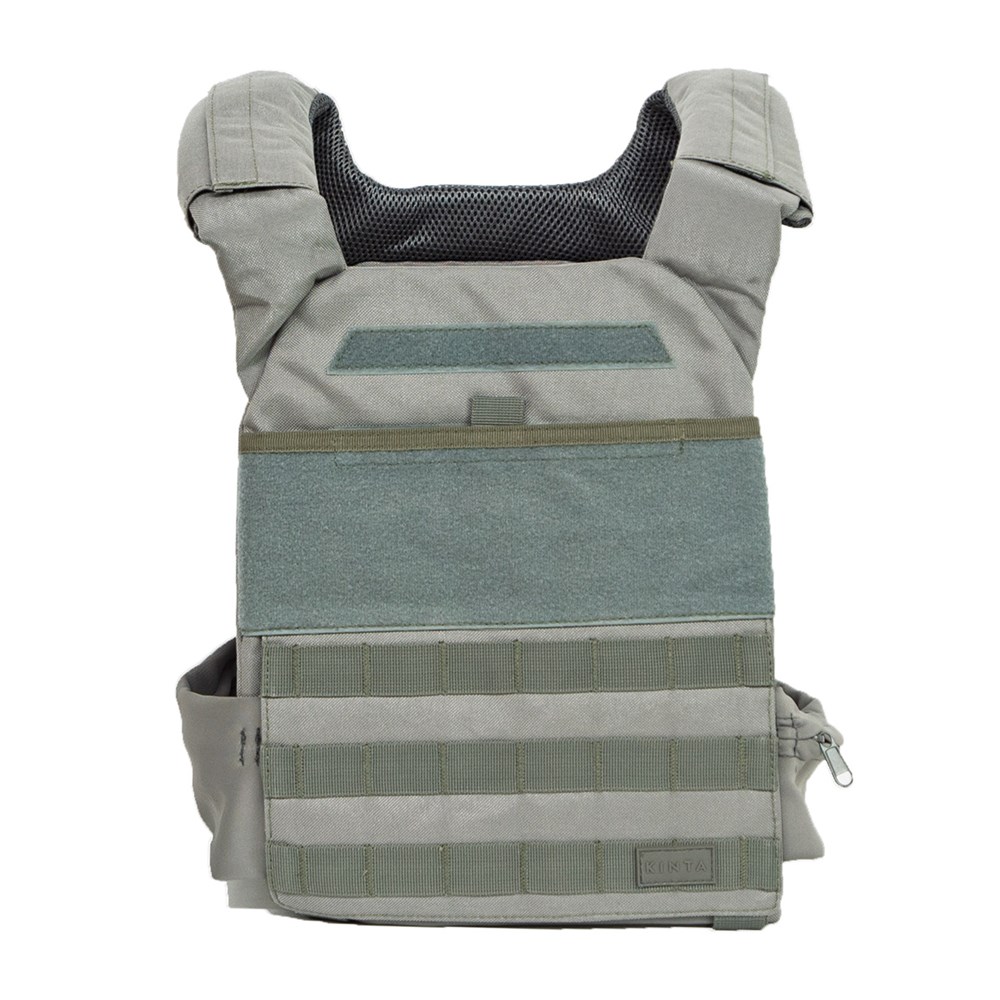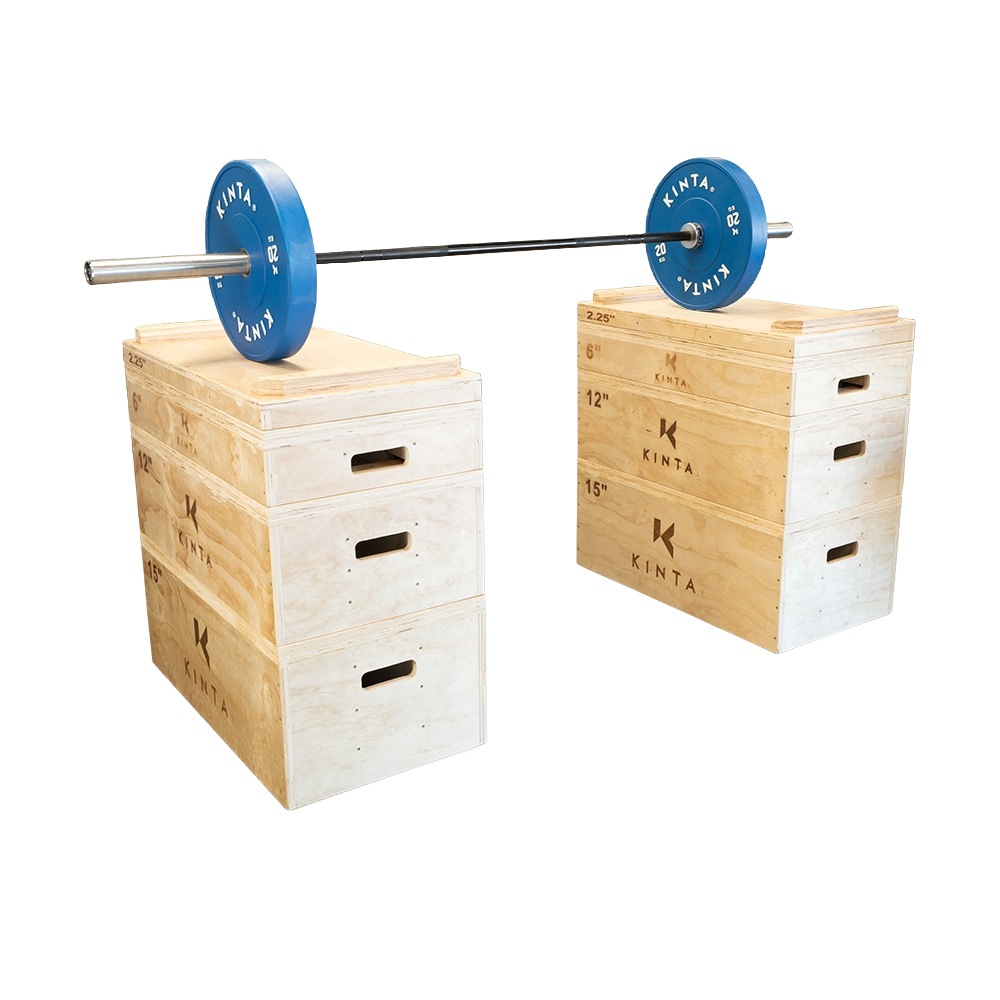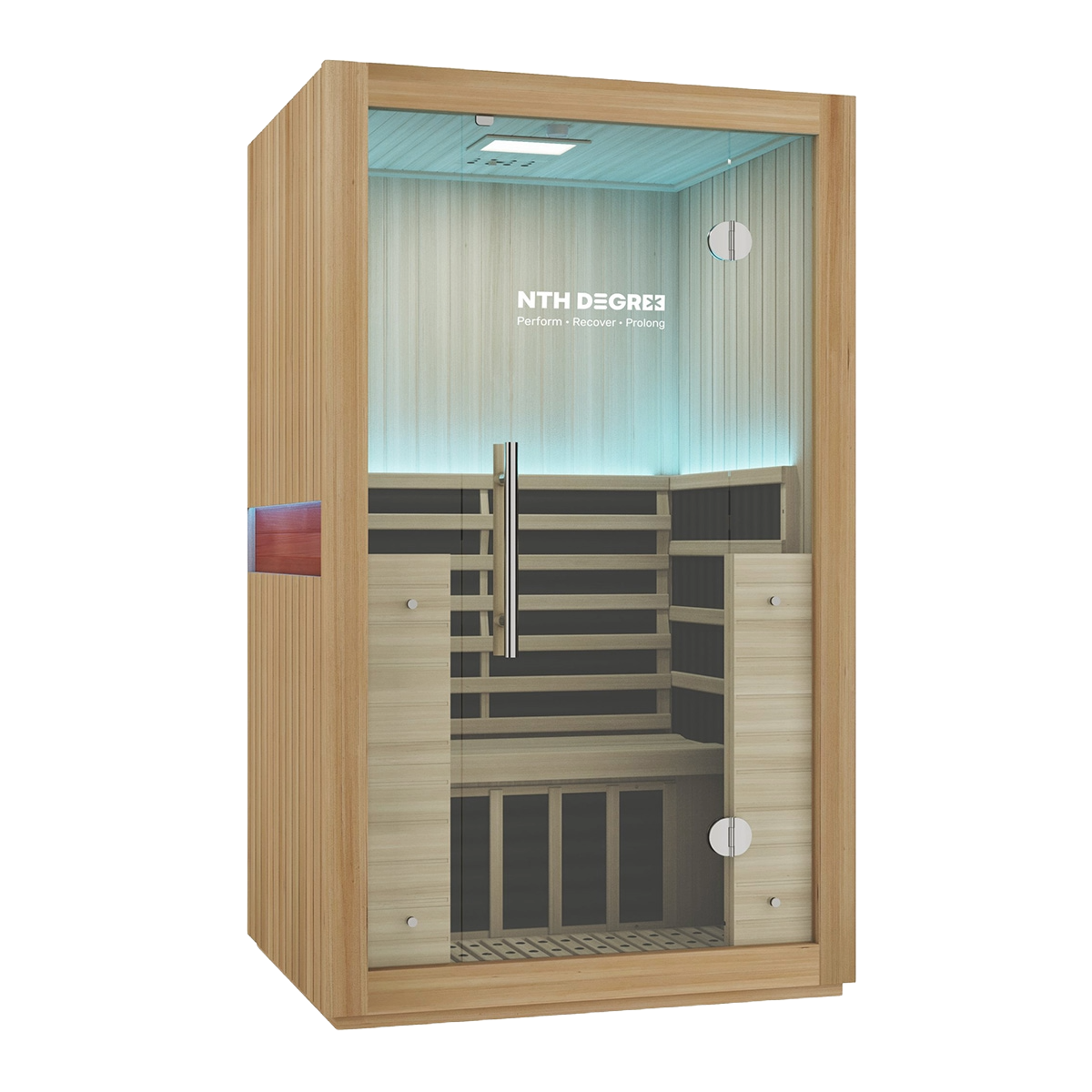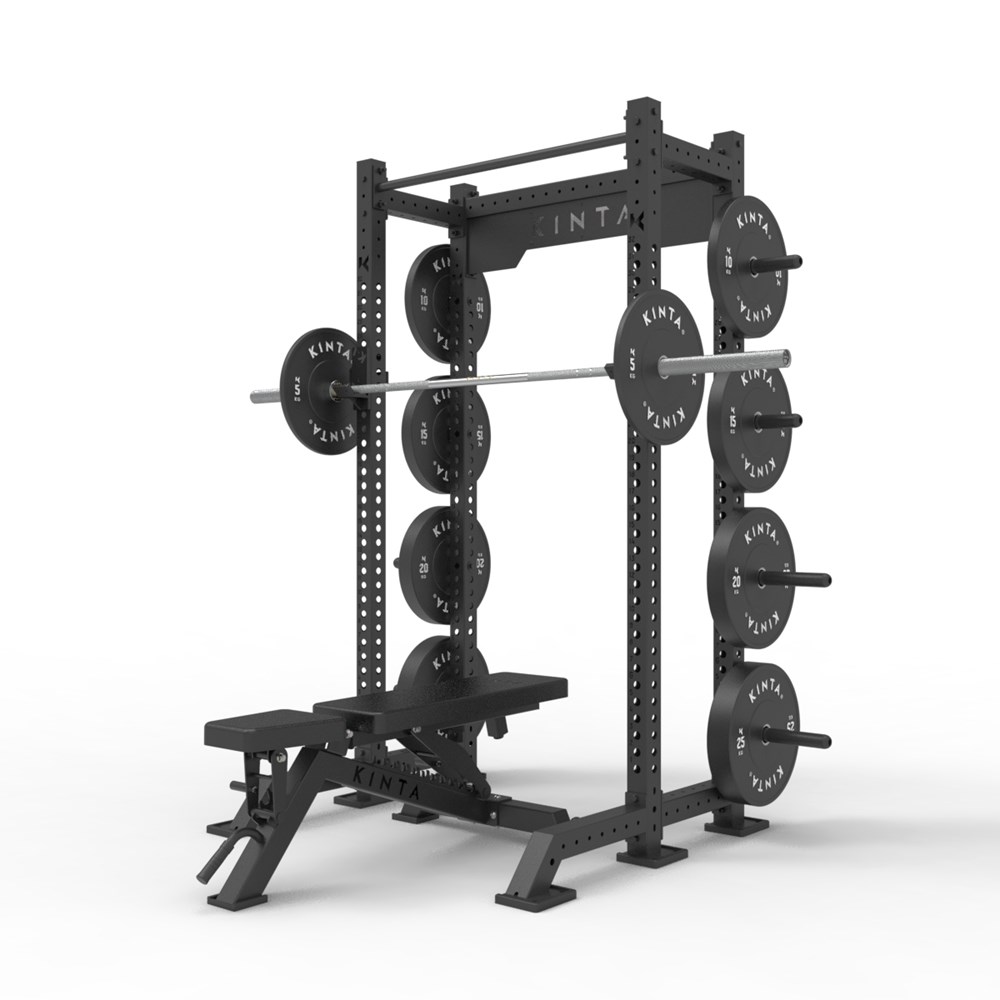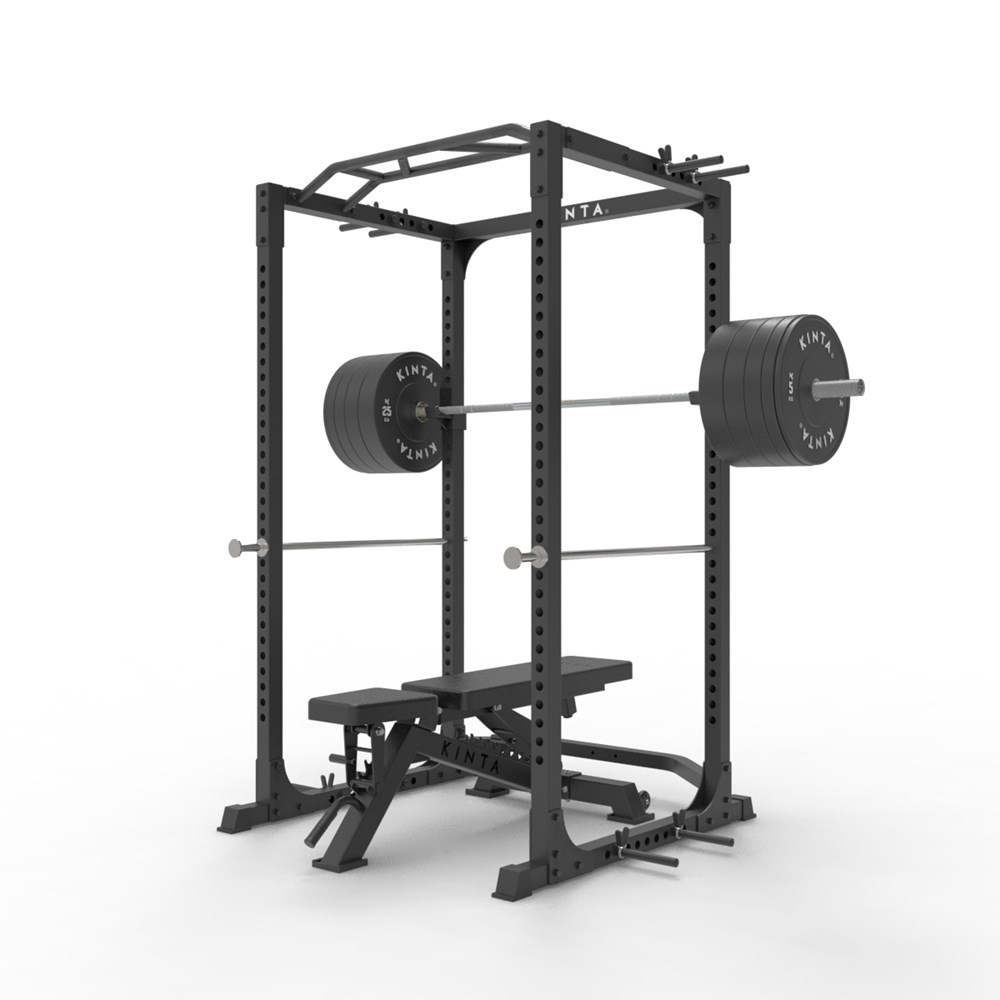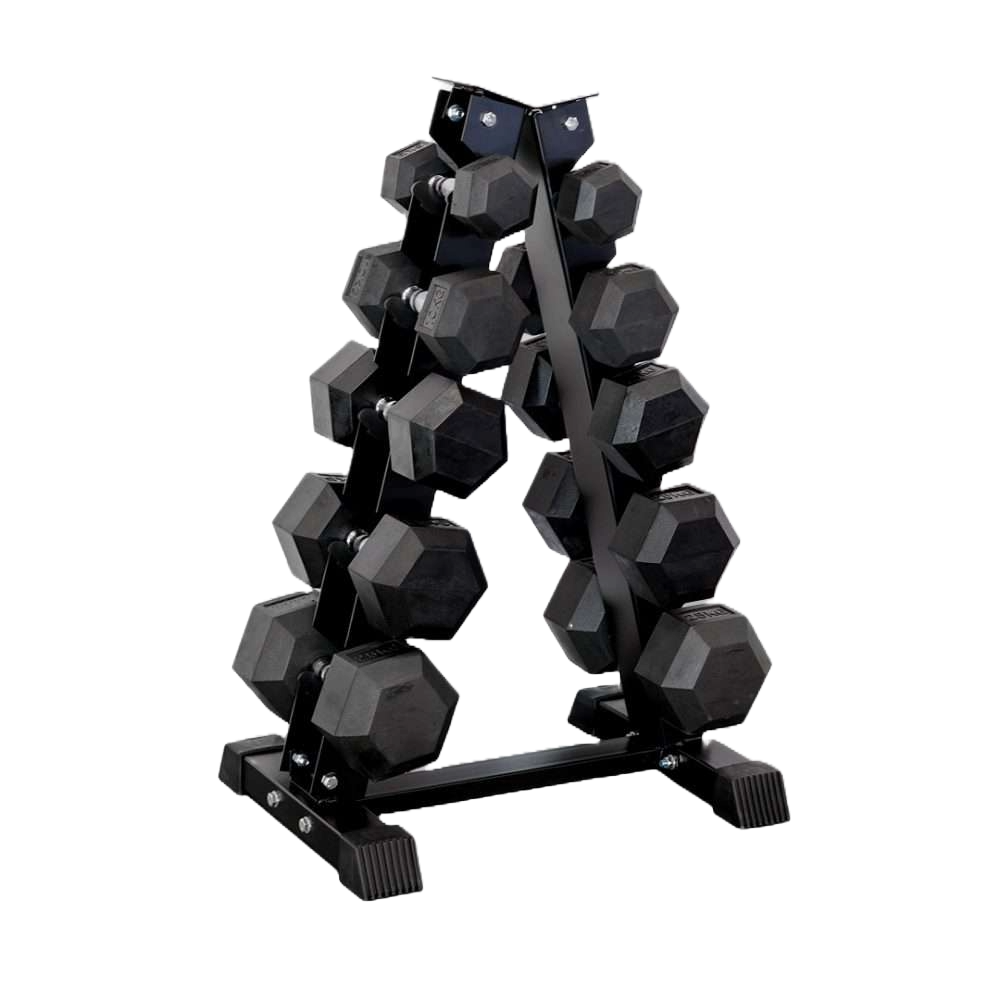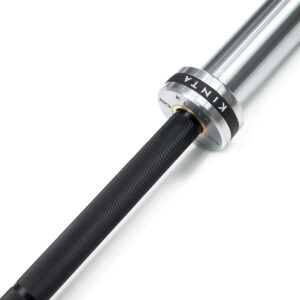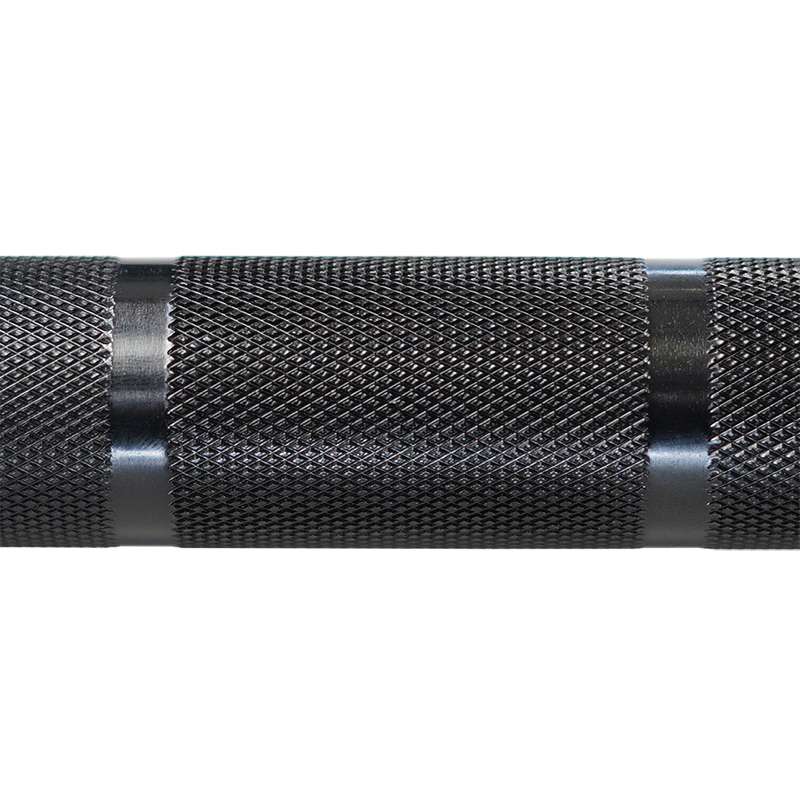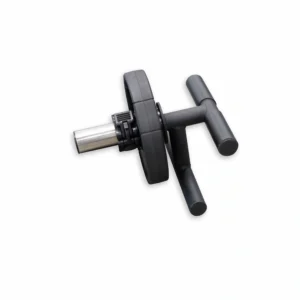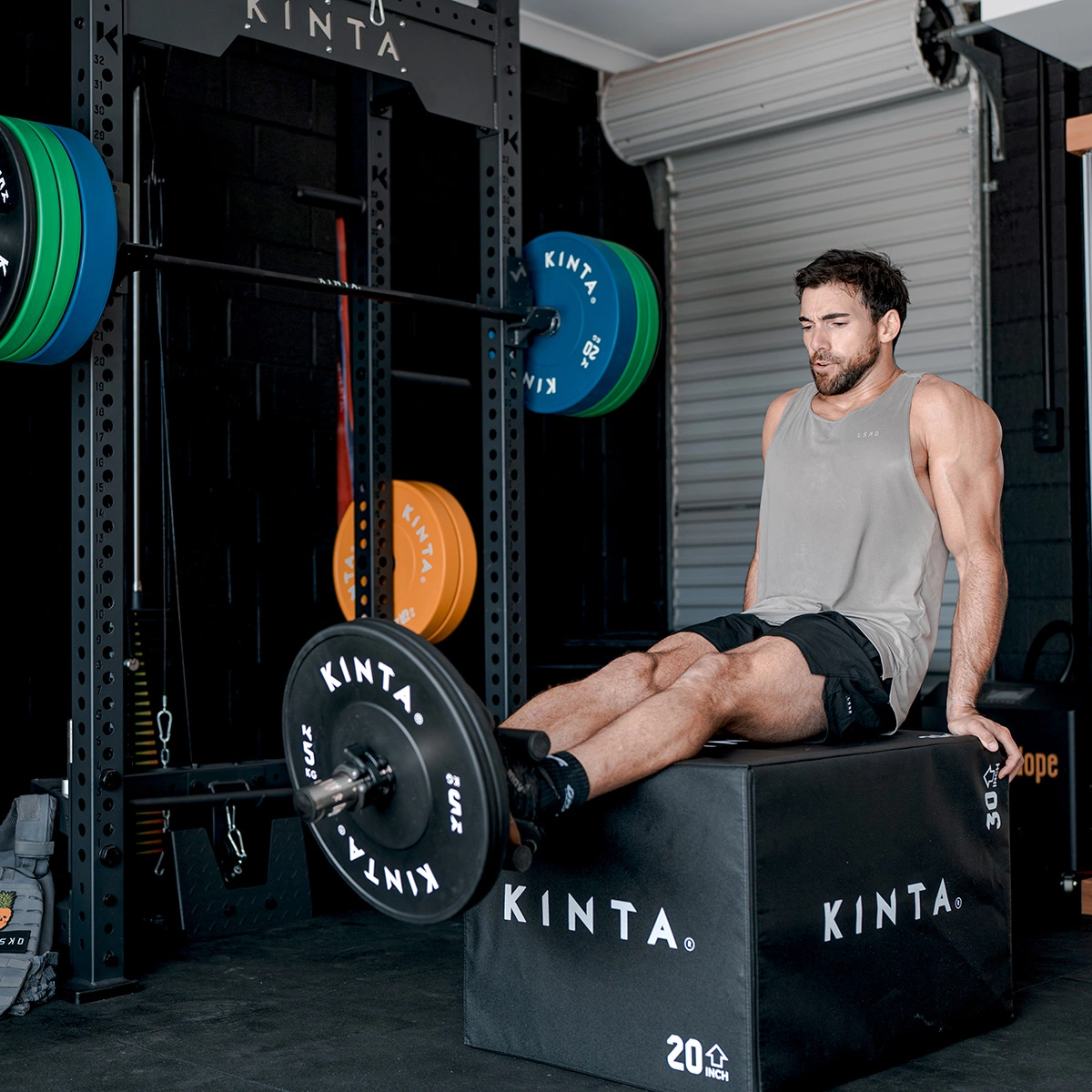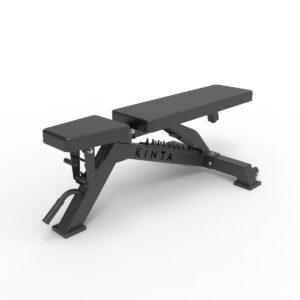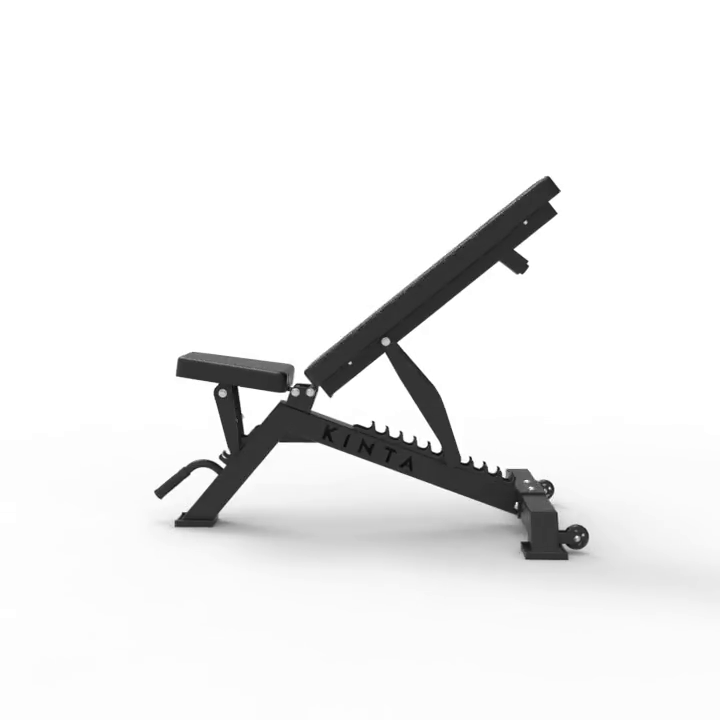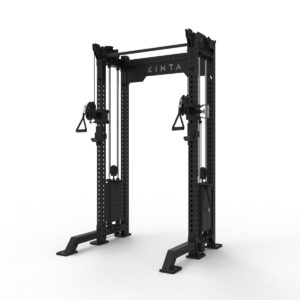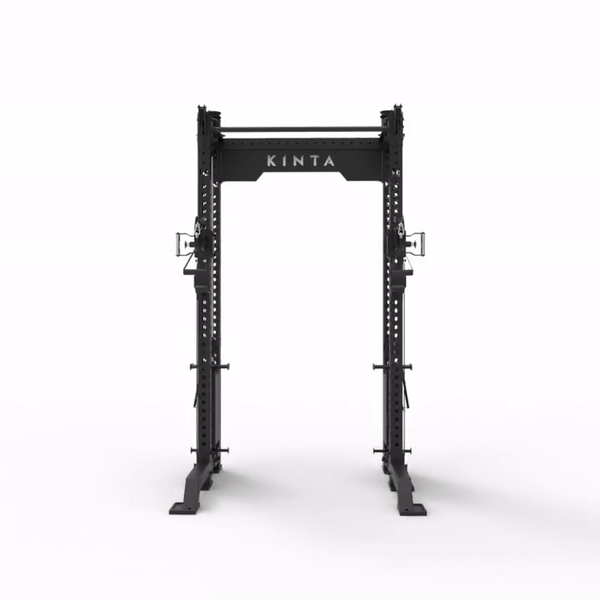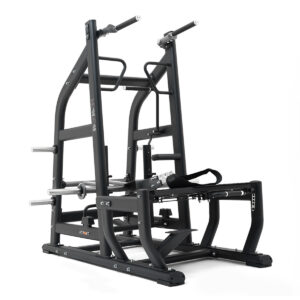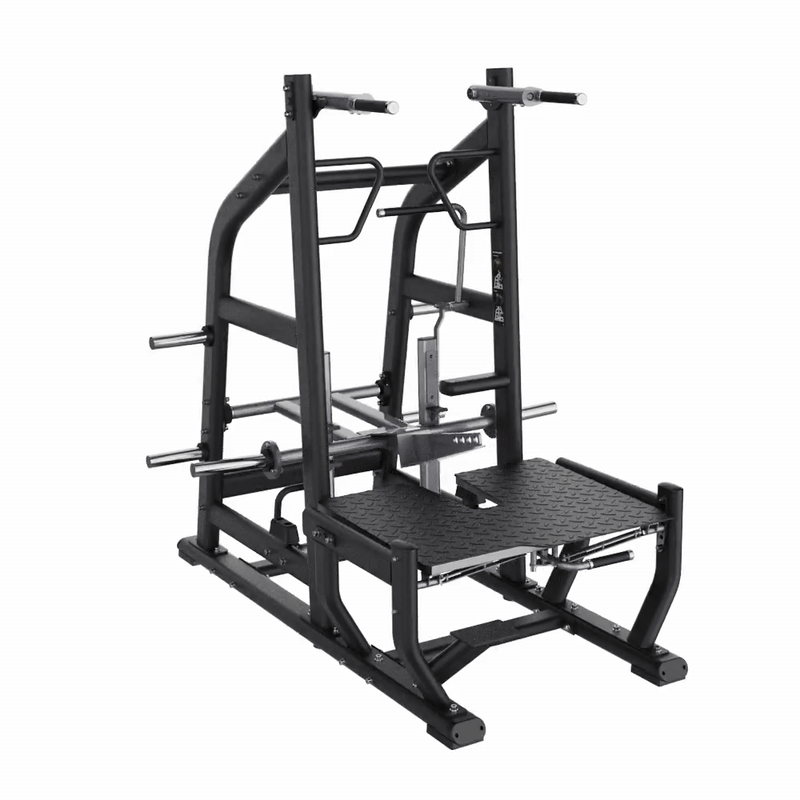Shop our best sellers
Explore our range
Kinta equipment is designed by athletes for athletes.
Building a commercial gym? Your Vision, Our Expertise.
Work with us to design your tailor-made fitness space today.
-
Full commercial gym fit-out process
-
Free custom design 3D modelling of your gym
-
Custom manufactured and branded equipment
The Kinta Difference

Next Day Delivery
Next Day Delivery Perth Metro

Installation service available
Installation service available for Perth Metro

100% Australian owned
Special Forces veteran owned and operated business

Discounts for essential workers
10% OFF all equipment
Package Builder
Build a package and get automatic discounts, the bigger the package, the more you save.
Real People, Real Results
We have worked with





















Gym & Fitness Equipment Australia | Home Gym Equipment
Experience Australia's finest selection of premium gym equipment at Kinta Fitness. As Perth's leading supplier of professional-grade fitness equipment, we help you build the perfect workout space—whether it's a commercial facility or a home gym setup.
Explore Our Wide Range of Fitness Equipment for All Levels
From strength training to functional gear, we have everything you need to rep up your PRs. Kinta Fitness has got you covered with well-built solutions that can withstand time. Our extensive range of gym equipment allows you to create a customised home gym or enhance your existing workout space.
Explore our extensive range of home gym equipment designed for every workout style. Whether you're into weightlifting, CrossFit, or endurance training, you’ll find everything you need for an optimal training setup.
Strength Training Essentials
Strength training is the backbone of any fitness programme, and we have the tools to help you build serious muscle. Browse our selection of weight plates, dumbbells, and weight vests for resistance training that gets results. Pair them with our adjustable gym benches for maximum versatility. Whether you're targeting specific muscle groups or working on overall body conditioning, our strength training equipment is designed to support your fitness goals.
Fitness Equipment for Functional Training
Functional training requires versatile, high-quality equipment, and at Kinta Fitness, we've got you covered. Our range of kettlebells, weight vests and gym mats are ideal for dynamic, full-body workouts. Functional training helps improve mobility, balance, and strength, making it an essential part of any well-rounded fitness routine.
More Than Just Gym Equipment: Your Partner in Fitness Success
At Kinta Fitness, we go beyond just selling gym equipment – we’re dedicated to being your partner in achieving fitness success. Whether you're setting up a home gym or outfitting a commercial space, our team is here to support you every step of the way. Here’s what sets us apart:
- Expert Advice: Unsure which fitness equipment is right for your goals? Our expert team is ready to help. We’ll guide you in choosing the right gear no matter what level you’re in, from dumbbells to weight sets and everything in between.
- High-Quality Products: We offer top-of-the-line gym equipment in Australia, featuring the best brands known for durability and performance. Our products are designed to withstand the demands of intense workouts, so you get the most out of every session.
- Fast and Reliable Delivery: No matter where you are in Australia, we’ll see to it that your gym equipment arrives quickly and in perfect condition. For orders within the Perth Metro over $60, your shipping is on us!
Home Gym Equipment – Build Your Perfect Setup
Creating your dream home gym has never been easier with our wide selection of home gym equipment. From compact dumbbells to space-saving squat racks, we provide everything you need to build a fully-equipped gym in the comfort of your home. Whether you have a small space or a dedicated workout area, we have the right fitness equipment to fit your setup. Don’t forget the details—our gym mats and storage solutions will help keep your space organised and safe.
Shop Now at Kinta Fitness
Don't let a lack of equipment hold you back from achieving your fitness aspirations. We certainly won’t let that happen—explore our collection of gym equipment in Perth and Australia online or visit one of our showrooms to experience the quality firsthand.
Unlock your full potential and create a results-oriented home gym with Kinta Fitness. Browse our diverse range of gym equipment, and home gym equipment including dumbbells, weight benches, weight plates, pendelum squat racks, and more.
Push harder, lift stronger—shop now and fuel your fitness revolution!
